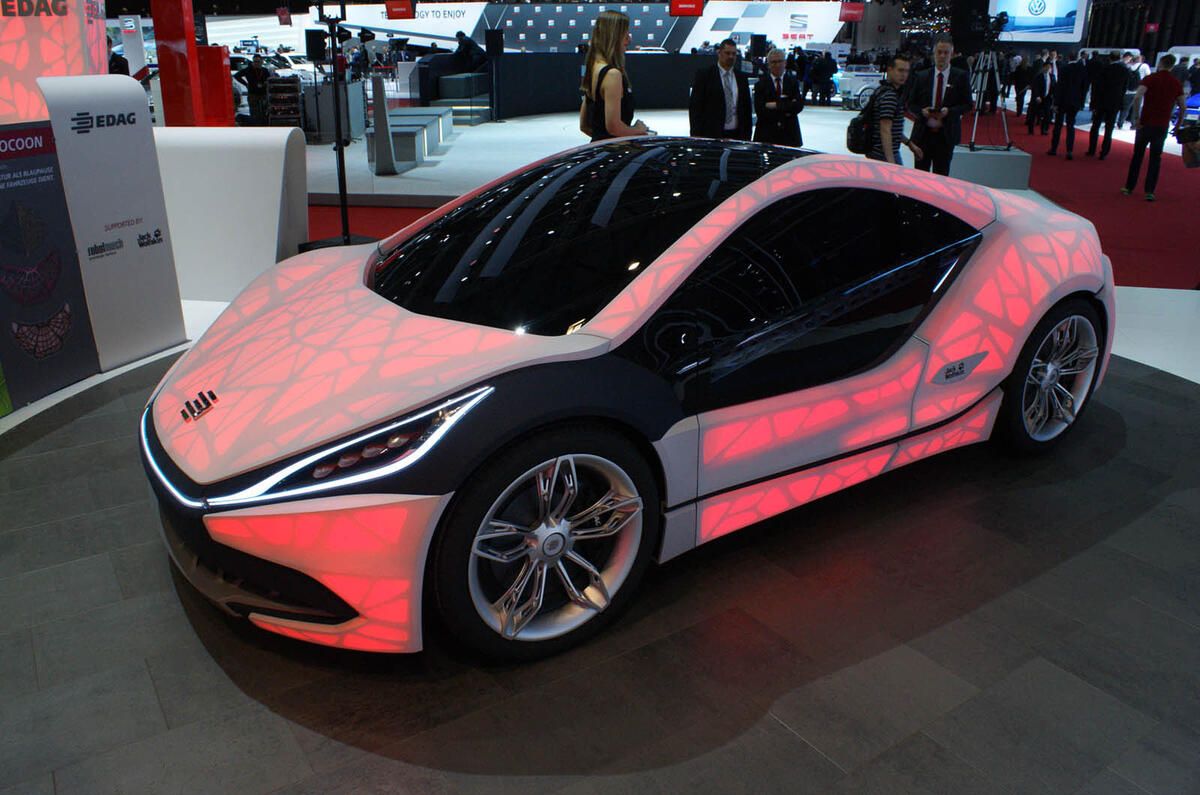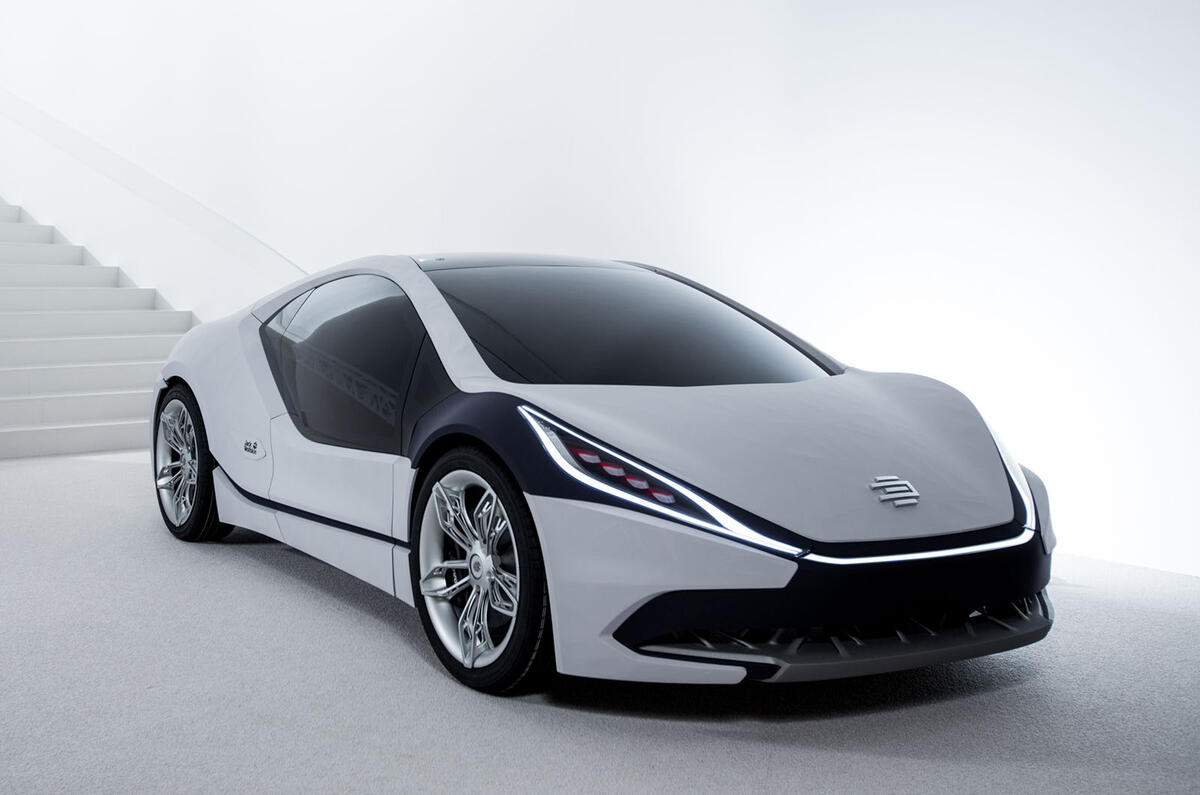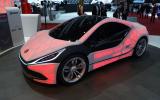Saving weight is now arguably the top priority for car makers to cut fuel consumption and increase the range of electric vehicles. But saving it using conventional methods and materials is becoming increasingly difficult and more expensive.
German specialist EDAG Engineering claims to have developed a revolutionary way of building ultra-lightweight cars at a fraction of the cost. It combines several new technologies: large-scale 3D printing for components and the creation of a high-strength, flexible all-weather fabric for the exterior.
The company showcased its work in a vehicle called the EDAG Light Cocoon at last month’s Geneva motor show. The new process has the potential not only to build lighter cars but also to make massive savings on manufacturing start-up costs while slashing lead times on new models.
3D printing, also known as ‘additive manufacturing’, turns a three-dimensional computer-aided design (CAD) model into reality and takes a number of forms. The Light Cocoon is made using Stereolithography (SLA), where ultraviolet lasers solidify resin in ultra-thin layers until a complete object is formed. Metal objects are made using a similar process called Selective Laser Sintering (SLS), where metal powder replaces the resin.
For industrial use, 3D printable metals using SLS include steel, titanium, aluminium and copper. Once formed from the powder, the end result “is almost as strong as the base material”, says Martin Hillebrecht, head of the competence centre for lightweight design at EDAG. “It is weldable and fatigue capable.” He also foresees the possibility of fibre-reinforced plastic components being produced.
Applied to an entire car, additive manufacturing could be used to create a modern take on spaceframe construction, taking its cues from nature. The delicate-looking but rigid framework of the Light Cocoon echoes the web-like skeleton of a leaf, and the side members visible beneath the fabric skin resemble the inner structure of a bird’s bone.
Fabric skin? The Light Cocoon is clad in a specially developed high-strength, all-weather fabric developed by outdoor clothing and equipment manufacturer Jack Wolfskin. ‘Light’ is a play on words, because the concept not only weighs much less than a car made from steel or aluminium but the skin can also be lit from the inside by LEDs. This virtual paint means the owner can change the colour of the car at will by tapping a touchscreen or smartphone app.
A fabric covering seems delicate and prone to damage by bumps or vandals, but EDAG reckons it’s no more sensitive than a convertible roof or a painted steel or aluminium skin and is repairable with new sections. The fabric is washable and the show car has a washing instructions label like any piece of clothing.
It’s flexible, too – so flexible that it can allow the structure of the car to change shape beneath it. An adjustable spoiler can be increased in size without revealing any gaps, the skin stretching to accommodate the change. This concept could be easily applied to changing the car’s shape, giving owners the option of altering a car’s style and colour at will.













































Join the debate
Add your comment
Like it. Now, where's my
Personalised Cars
Perhaps well-healed buyers seeking to 3rd Print their own personalized cars can even commission car designers / coach-builders like Pininfarina to bring their designs to life, while possibly making use of certain components / powertrains from carmakers.
So what's new?